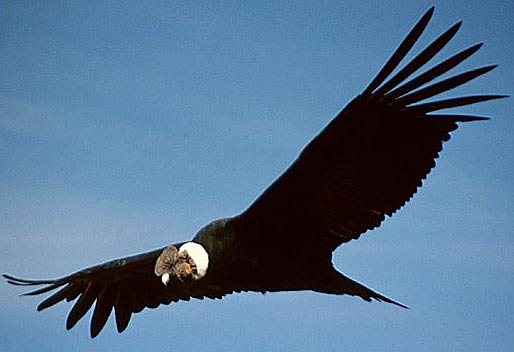

Later, Rojas relied on Hargrave’s help in selecting the images that best represented the bird in question. Working on such a tight schedule, with no time to explore the species in the field, Rojas based her drawings on photographs, many of them from renowned bird photographer Alan Murphy, who granted permission to use his images as references. The project turned into a life-changing education in natural history and helped jumpstart her career as an artist and illustrator. This would have been an admirable feat in and of itself, but prior to creating the Wingspan illustrations, Rojas had no experience drawing (or looking at) birds. The gorgeous artwork on the cards is certainly part of the appeal: Rojas and Jaramillo completed the 170 bird illustrations in an impressive six months. Much of the pleasure of birding is all about maintaining a state of wonder as well as accumulating knowledge. Sohl says he found himself “looking at the bird species cards and kind of mentally validating them, thinking to myself … yeah … they seem to have characterized this bird correctly.” Bird-inspired artist “Don’t think like a birder,” she cautions, “because this really is a strategy game.”īut birders will appreciate the scientific integrity of the game.

:max_bytes(150000):strip_icc()/the-wandering-albatross--diomedea-exulans---is-a-large-seabird-from-the-family-diomedeidae-which-has-a-circumpolar-range-in-the-southern-ocean--the-wandering-albatross-has-the-largest-wingspan-of-any-living-bird--with-the-average-wingspan-being-3-1-m-ccb15e4fc44946adb4cbdd45d31c9c3b.jpg)
“I played with one birder who was trying really hard to get birds they really liked, and that messed up the point system for them,” Stiteler says. The Barred Owl, for instance, enables you to draw a card depicting another bird, and if the wingspan of the bird is below a certain length, you get to “eat” the bird by tucking the card under the predator bird’s - much as the owl would do in the field.Īnd yet, sometimes knowing too much about birds is actually a liability. Hargrave also had fun using the behavior of predator birds, the “charismatic mega-fauna of the bird world,” to inform how their cards are played. In the game, the Brown-headed Cowbird lays eggs in another bird’s nest, which mimics its behavior in the wild. “I tried to come up with things for the birds to do that are interesting and related to what they do in real life,” Hargrave says. What makes Wingspan particularly rewarding for birders is the way it connects bird behavior to gameplay.

“It’s also healthier for my marriage,” Stiteler jokes, since it doesn’t involve violently blowing up her opponent, like other games can. “I love that it’s different every time I play it, and there’s enough variety in the way you can get points,” she says. “No two games should be alike.”Īs of late April, Stiteler had already played the game seven times since receiving it in January and was eager to play it again. “With 170 different bird cards, each with their own scoring and play capabilities, you have a game that has a very high replay value,” says Sohl. The game is fun to play because it requires strategic thinking. Putting what “makes sense as a game” front and center has paid off. To ensure enough diversity in the game, Hargrave built a gargantuan spreadsheet that ran 596 rows by nearly 100 columns to balance out species, habitats, food distribution, nest type, and eggs. because she wanted “some of the birds to be your super- familiar birds.” She also wanted the game to pay tribute to rare and endangered species and “highlighted those by giving them all the superpowers,” endowing them with the ability to let you draw more bonus cards. Relying on an involved process, Hargrave pulled eBird data for different regions in the U.S. “It’s teaching you that if you wanted to go look for a Yellow-headed Blackbird, what kind of habitat you’d need to think about it being in,” she says.Ĭhoosing the 170 North American birds for the game was no mean feat. Stiteler appreciates how the game teaches people about habitat in an unobtrusive way, since bird cards can be played in forests, wetlands, or grasslands, and some enjoy more than one habitat. “I’m positive my wife had no idea what a Chestnut-collared Longspur was when she drew that card,” he recalls. A self-described “hardcore birder,” Terry Sohl, author of the South Dakota Birds, Birding, and Nature blog, applauds the way the game nonchalantly introduces non-birders to a variety of new birds. Praise and applauseīirders who have played Wingspan give it high praise. The cards used in Wingspan feature realistic depictions of Northern Cardinal, Steller’s Jay, Indigo Bunting, and more than 160 other species.


 0 kommentar(er)
0 kommentar(er)
